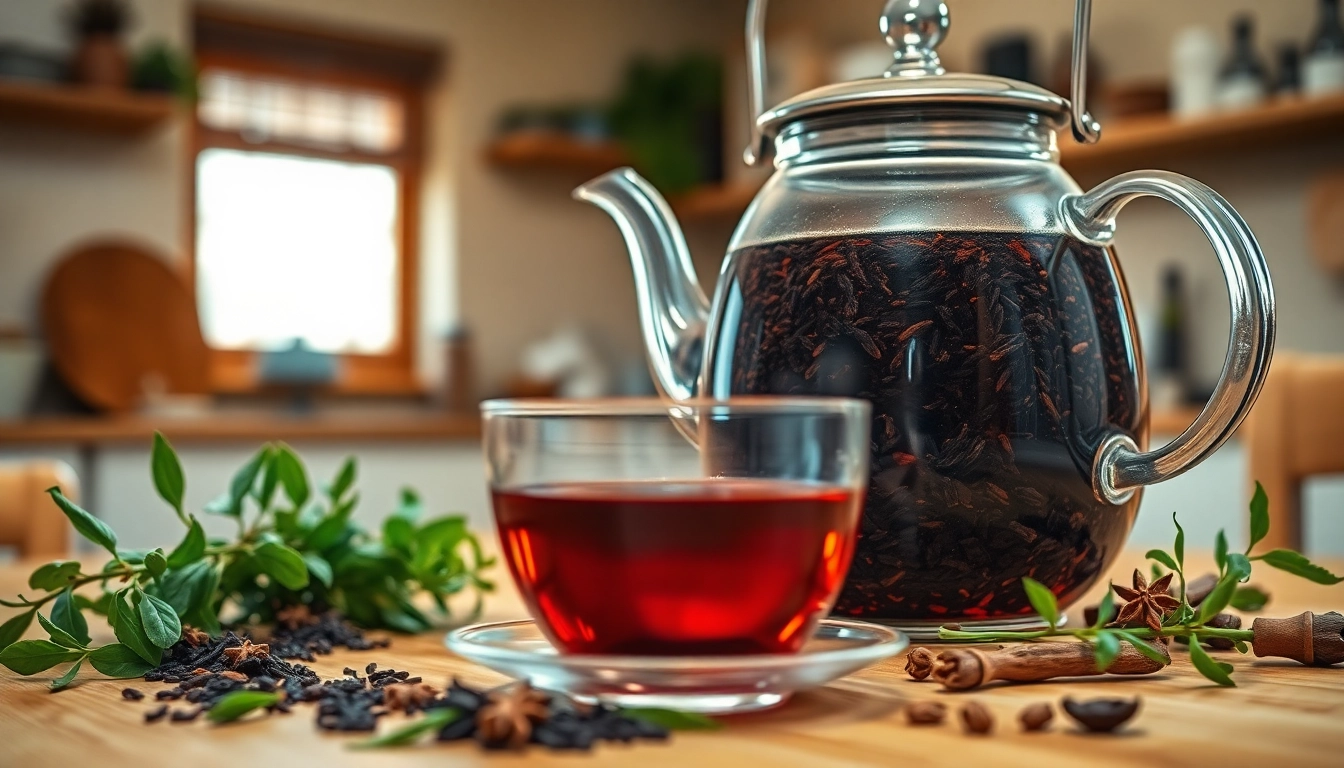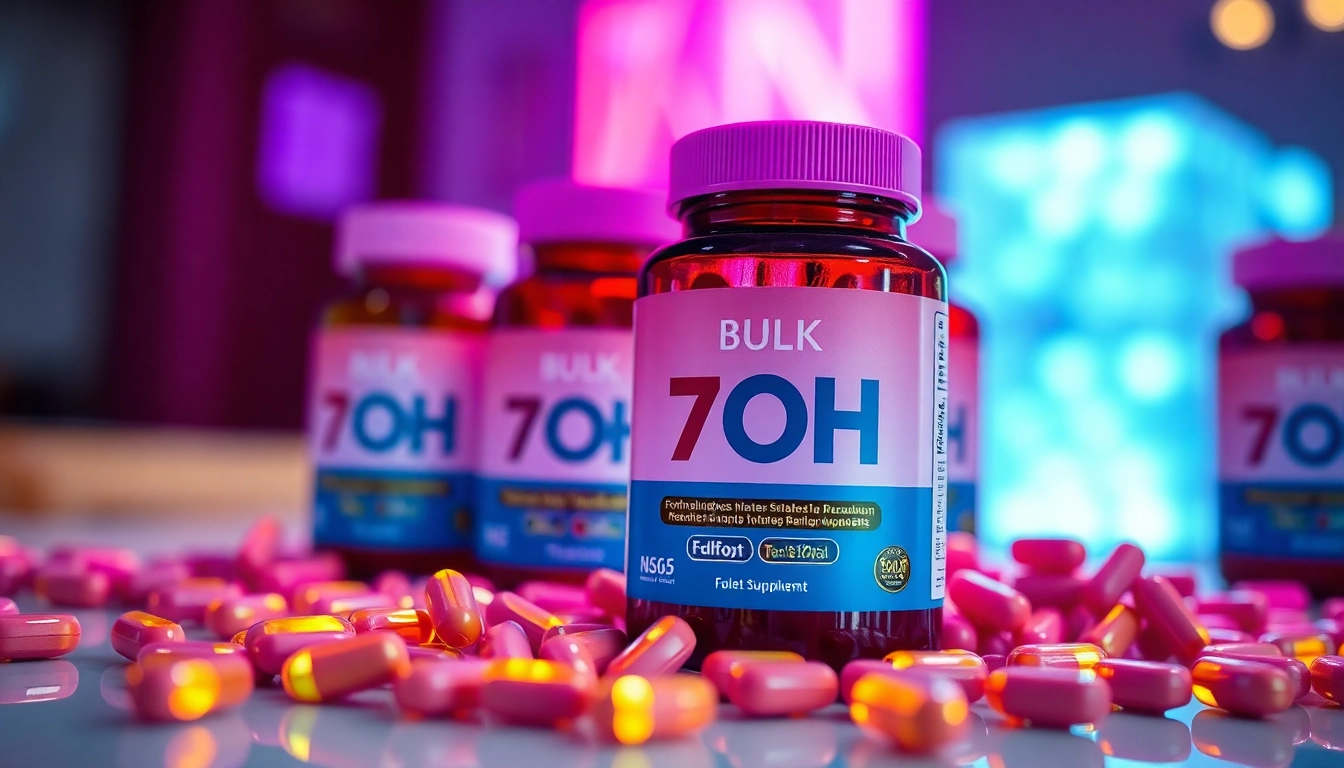The Rich History of Loose Leaf Black Tea
The Origins of Black Tea
Black tea, revered globally for its robust flavor and invigorating qualities, traces its origins back centuries to ancient China. According to historical records, the first loose leaf black tea was produced during the Tang Dynasty (618-907 AD) when tea enthusiasts began to appreciate the intricate flavors that could be extracted from whole tea leaves. The method of oxidation—the process that gives black tea its deeper color and richer taste—was refined and popularized during the Ming Dynasty (1368-1644), allowing for a variety of flavors, from malty to floral, to emerge.
Cultural Significance Around the World
Across cultures, loose leaf black tea has played a pivotal role in social rituals and traditions. In Britain, it is enjoyed during the iconic afternoon tea, an event steeped in tradition that symbolized the merging of social classes during the Victorian era. In India, chai, a spiced tea brewed with loose leaf black tea, signifies hospitality and familial bonds. Meanwhile, in China, Gongfu tea ceremonies elevate the brewing process to a meditative art form, emphasizing the mindful experience of savoring quality loose leaf black tea.
How Loose Leaf Tea Evolved
The evolution of loose leaf black tea reflects a continuous journey of refinement and appreciation. Initially consumed primarily within China, as trade routes expanded through the Silk Road, these aromatic leaves began to spread to different corners of the globe. By the 17th century, the Dutch were importing tea to Europe, and its popularity surged across Western societies. The transition from whole leaves to packaged tea bags in the 20th century marked a significant change in consumption habits, although recent trends indicate a resurgence of interest in loose leaf tea, with enthusiasts eager to rediscover the intricate flavors and health benefits that come with it.
The Benefits of Choosing Loose Leaf Black Tea
Flavor Profiles and Freshness
One of the most notable advantages of loose leaf black tea is the superior flavor it offers. Unlike tea bags, which often contain broken leaves, loose leaf teas use whole leaves that have been minimally processed, preserving their natural oils and flavors. The delicate infusion of air, materials, and various methods of production contributes to an exhilarating sensory experience. An array of flavor profiles emerges, ranging from brisk and malty to smooth and chocolaty, providing drinkers with a robust and full-bodied experience. Not only does the quality of loose leaf black tea enhance the flavor, but it also offers a more aromatic cup that many tea drinkers find more satisfying.
Health Benefits of Black Tea
Beyond its exquisite flavor, loose leaf black tea is celebrated for its numerous health benefits. Rich in antioxidants, particularly polyphenols, black tea has been linked to various health improvements ranging from reducing the risk of heart disease to bolstering gut health. Regular consumption can aid in enhancing cognitive function, thanks to the presence of L-theanine, an amino acid that promotes relaxation. Moreover, studies indicate that black tea may help lower cholesterol levels and improve insulin sensitivity, making it a heart-healthy choice and an excellent addition to a balanced diet.
Environmental Impact of Packaging
In recent years, consumers have become more conscious of the environmental impact of their purchases. Loose leaf tea is often considered a more eco-friendly option when compared to tea bags, which contain plastic and contribute to landfill waste. By choosing loose leaf black tea, individuals can often reduce their carbon footprint while enjoying their favorite brew. Many tea companies also prioritize sustainable sourcing and organic farming practices, which further supports environmentally friendly practices that benefit both consumers and the planet.
How to Brew Perfect Loose Leaf Black Tea
Choosing the Right Tea Leaves
To achieve the perfect cup of loose leaf black tea, starting with high-quality leaves is essential. Understanding the geographical origins can offer insights into flavor profiles; for example, Assam tea from India is known for its bold, malty taste, while Darjeeling offers a lighter, more aromatic experience. Opt for reputable brands that provide information on sourcing and quality, ensuring that you are investing in the best possible product. Specialty online retailers and shops often provide tasting notes and descriptions to help you select the perfect tea for your palate. Don’t forget to explore options on loose leaf black tea to find unique blends.
Brewing Techniques for Optimal Flavor
The art of brewing loose leaf black tea lies in the precise combination of temperature, time, and the amount of tea used. The ideal water temperature for black tea is typically around 200°F (93°C) to 212°F (100°C), which is just below boiling. Measure about one teaspoon of loose leaf tea per cup of water, adjusting based on personal preference for strength. Steep the leaves for three to five minutes, and remember that longer steeping times can result in more bitterness. Pay attention to the color of the brew, which should yield a rich reddish-brown hue, indicating proper infusion. Experimenting with time and tea quantities can enhance the brewing experience and help you discover your perfect cup.
Common Mistakes to Avoid
When brewing loose leaf black tea, several common mistakes can detract from the quality of your cup. Firstly, using water that is too hot or steeping for too long can lead to an overly bitter taste. Conversely, under-brewing can result in a weak flavor profile. Another frequent mistake is using contaminated or old water; always use fresh, filtered water to maintain the best flavor. Lastly, overloading your brewing vessel with too many leaves can also mask the tea’s unique qualities. Taking the time to measure properly and pay attention to steeping guidelines will dramatically improve your tea-drinking experience.
Popular Varieties of Loose Leaf Black Tea
Classic Blends and Their Unique Taste
Several classic blends of loose leaf black tea have stood the test of time, each offering a distinctive flavor experience. Early Grey tea, infused with bergamot, provides a delicate balance of citrus and robustness, perfect for those who enjoy a fragrant cup. English Breakfast is another staple, known for its strong and multifaceted flavor profile, making it a perfect morning brew. In contrast, Ceylon teas showcase a bright, lively flavor that pairs beautifully with a splash of milk or lemon.
Seasonal and Limited Edition Blends
In addition to the classics, many tea companies offer seasonal and limited edition blends that appeal to adventurous consumers. These blends often incorporate unique ingredients that evoke seasonal flavors or celebrate special occasions. For instance, a winter spice blend might include cloves, nutmeg, and cinnamon for a warming cup during cold months, while a spring floral blend might feature notes of jasmine and cherry blossom. Embracing these creative blends allows tea enthusiasts to experiment with their brewing choices and enjoy a diverse tea experience throughout the year.
Pairing Suggestions with Foods
Pairing loose leaf black tea with food can elevate both the tea and the culinary experience. Its rich flavor complements a variety of foods, including savory dishes and desserts. Bold black teas pair well with hearty dishes, such as spicy Indian curries or roasted meats. When it comes to desserts, tea with fruity notes—like Darjeeling—can accompany chocolate-based cakes or fruity tarts beautifully. Experiment with various food pairings to discover surprising combinations that enhance your enjoyment of both the tea and the meal.
Where to Buy Quality Loose Leaf Black Tea
Top Online Retailers and Local Shops
The market for loose leaf black tea is expansive, offering various options for enthusiasts to explore. Online retailers like those mentioned earlier have curated selections that include some of the highest quality teas available. Many local shops offer tasting sessions, helping consumers experience the flavors before committing to a purchase. Local tea houses or specialty grocery stores often stock unique varieties not available through standard vendors. Connecting with tea communities online can also guide you to hidden gems in your area or abroad.
Identifying High-Quality Tea
When seeking high-quality loose leaf black tea, several factors should be considered. Look for whole, unbroken leaves, as they retain more flavor and essential oils. Additionally, assess the aroma; fresh tea should have a robust and pleasant scent. Packaging plays a vital role in maintaining quality; consider sourcing tea from companies that prioritize airtight containers to keep flavors intact. Transparency in sourcing and organic certifications can also indicate a higher-quality product, as these elements ensure that the tea has been cultivated sustainably.
Bulk Purchase Options for Tea Enthusiasts
For dedicated tea drinkers, purchasing loose leaf black tea in bulk can be an economical option that enhances the brewing experience. Many retailers offer discounts for bulk purchases, allowing fans to stock up on their favorite blends without the worry of running out. Wholesalers also provide opportunities to explore various teas at lower prices, but it’s essential to ensure that the quality remains high. For those interested in sharing their passion, organizing tea tastings or forming local tea clubs can provide both community engagement and access to diverse options.



